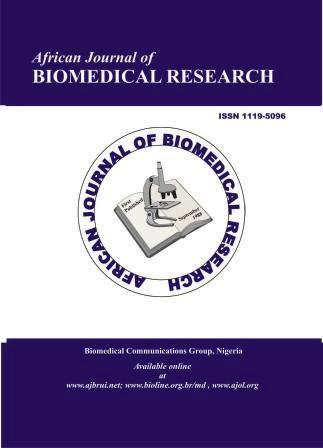Prevalence and Impact of Pregnancy-Associated Rhinitis on Maternal Sleep Quality at Career Institute of Medical Sciences & Hospital, Lucknow: A Cross-Sectional Study
DOI:
https://doi.org/10.53555/AJBR.v23i1.8542Keywords:
.Abstract
Background: Pregnancy-Associated Rhinitis (PAR) is a distinct, transient, non-infectious condition characterized by chronic nasal congestion, often occurring in the absence of allergic or infectious etiology, affecting approximately 20% to 30% of pregnant women globally. Nasal obstruction, the principal symptom of PAR, is a recognized physiological challenge that can significantly disrupt sleep architecture. Given that poor Maternal Sleep Quality (MSQ) is highly prevalent in South Asian pregnant populations and is associated with adverse perinatal outcomes, understanding the specific contribution of PAR is crucial for clinical intervention, particularly in regional settings like Lucknow, India, where localized data are sparse.
Objectives: The primary objectives of this study were to estimate the prevalence of PAR and poor MSQ among pregnant women attending antenatal clinics at the Career Institute of Medical Sciences & Hospital (CIMSH), Lucknow and to quantitatively assess the independent impact of PAR severity on MSQ measured using the Pittsburgh Sleep Quality Index (PSQI).
Methods: A hospital-based, cross-sectional study was executed among 300 pregnant women in their second and third trimesters at CIMSH between June 1, 2019, and December 31, 2019. Maternal Sleep Quality was evaluated using the PSQI, where a global score ≥ 5 indicated poor sleep. PAR severity was assessed via a modified 10-point Visual Analog Scale (VAS) for nasal congestion. Descriptive statistics determined prevalence rates and mean scores. The independent association between moderate/severe PAR and poor MSQ was determined using multivariate logistic regression, controlling for potential confounding factors including maternal age, trimester of pregnancy, and perceived stress score.
Result: The overall prevalence of poor sleep quality (PSQI ≥5) was determined to be 65.5%. Moderate/severe PAR (VAS ≥4) was observed in 24.8% (95% CI: 19.8%–29.8%) of the cohort. The mean Global PSQI score was significantly higher in the moderate/severe PAR group (9.1 ± 2.9) compared to the mild/no rhinitis group (6.4 ± 2.1) (P<0.001). After adjusting for age, trimester, and perceived stress, women with moderate/severe PAR had a significantly increased risk of experiencing poor sleep quality (Adjusted Odds Ratio: 3.85; 95% CI: 2.11–6.90; P<0.001).
Conclusions: Pregnancy-Associated Rhinitis represents a significant and independently contributing mechanical risk factor for the high prevalence of poor maternal sleep quality observed at CIMSH, Lucknow. Routine screening for nasal obstruction severity using simple, validated instruments should be incorporated into antenatal care protocols to facilitate targeted non-pharmacological interventions.
Downloads
Published
Issue
Section
License
Copyright (c) 2020 Dr. Patel Mehulbhai Ishverbhai, Dr. Patel Hetna Amrutlal (Author)

This work is licensed under a Creative Commons Attribution 4.0 International License.









